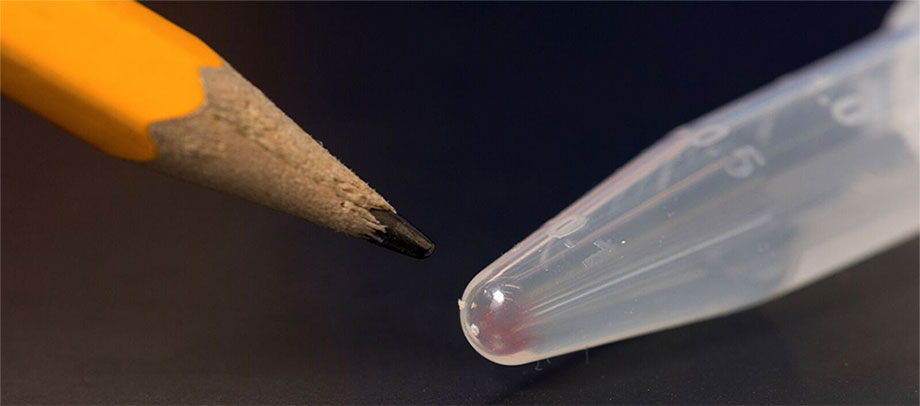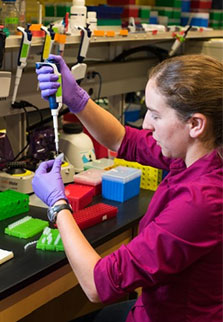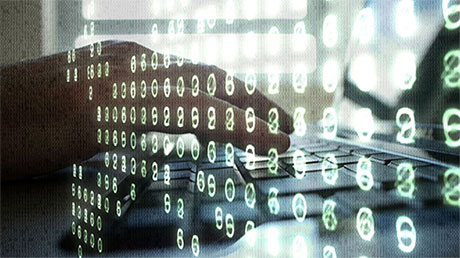
UW, Microsoft researchers store digital images in DNA, retrieve them perfectly, break record for data storage
A new technique developed by UW and Microsoft researchers could shrink the space needed to store digital data that today would fill a Walmart supercenter down to the size of a sugar cube.
The team of computer scientists and electrical engineers has detailed one of the first complete systems to encode, store and retrieve digital data using DNA molecules, which can store information millions of times more compactly than current archival technologies.
In one experiment, researchers successfully encoded digital data from four image files into the nucleotide sequences of synthetic DNA snippets. More significantly, they were also able to reverse that process — retrieving the correct sequences from a larger pool of DNA and reconstructing the images without losing a single byte of information.
 In July, the team broke what it believes is the world record for the amount of digital data successfully stored and retrieved in DNA molecules. Researchers encoded and decoded a video of the band OK Go, the Universal Declaration of Human Rights in more than 100 languages, the top 100 books of Project Gutenberg and the Crop Trust’s seed database — among other things — all on strands of DNA.
In July, the team broke what it believes is the world record for the amount of digital data successfully stored and retrieved in DNA molecules. Researchers encoded and decoded a video of the band OK Go, the Universal Declaration of Human Rights in more than 100 languages, the top 100 books of Project Gutenberg and the Crop Trust’s seed database — among other things — all on strands of DNA.
"Life has produced this fantastic molecule called DNA that efficiently stores all kinds of information about your genes and how a living system works — it's very, very compact and very durable," said Luis Ceze, Torode Family Career Development Professor of Computer Science & Engineering.
"We're essentially repurposing it to store digital data — pictures, videos, documents — in a manageable way for hundreds or thousands of years."
In addition to Ceze, other principal researchers include Georg Seelig, associate professor of electrical engineering and of computer science and engineering, and Microsoft researchers and computer science and engineering affiliate faculty Doug Carmean and Karin Strauss. The team also includes students and researchers from electrical engineering, bioengineering and computer science and engineering.
UW-led research team wins $7.5M MURI grant to defend against advanced cyberattacks
A UW-led research team has won a $7.5 million, five-year Multidisciplinary University Research Initiative (MURI) grant from the Department of Defense to better model and mount defenses against stealthy, continuous computer hacking attacks known as "advanced persistent threats."

"Unlike conventional viruses, these threats exploit vulnerabilities and persist over a very long time and they're very difficult to detect," said lead researcher Radha Poovendran, chair of the Department of Electrical Engineering and director of the Network Security Lab, which he founded in 2001. "Right now, there is no good understanding of the interactions in these complex cyberattacks or how to mitigate them."
The winning proposal was one of 23 MURI awards totaling $162 million, which support a cross-disciplinary approach to accelerate research progress. The grants support basic research with significant potential to improve the nation’s security or expand military capabilities.
The UW-led team will develop a new and comprehensive scientific framework to understand advanced persistent threats and mathematically represent adversarial cyber interactions. Using statistical modeling, adaptive game theory, machine learning and control and systems theory, they aim to model the strategic interactions between these stealthy malware attacks and cyber defense mechanisms to combat them.